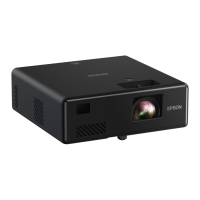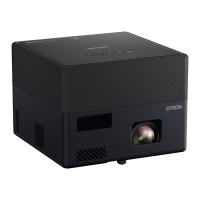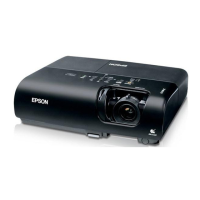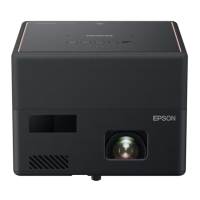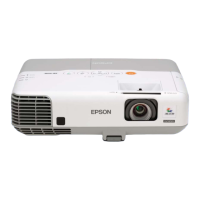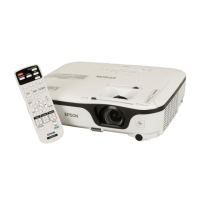Why does PowerPoint slide show not work in Network Presentation on my Epson EasyMP EMP-1715 Projector?
- EErin FlowersSep 12, 2025
If a PowerPoint slide show does not work in Network Presentation with your Epson projector, make sure you close PowerPoint before connecting with Network Presentation. The slide show might not run if you connect while it's started.



